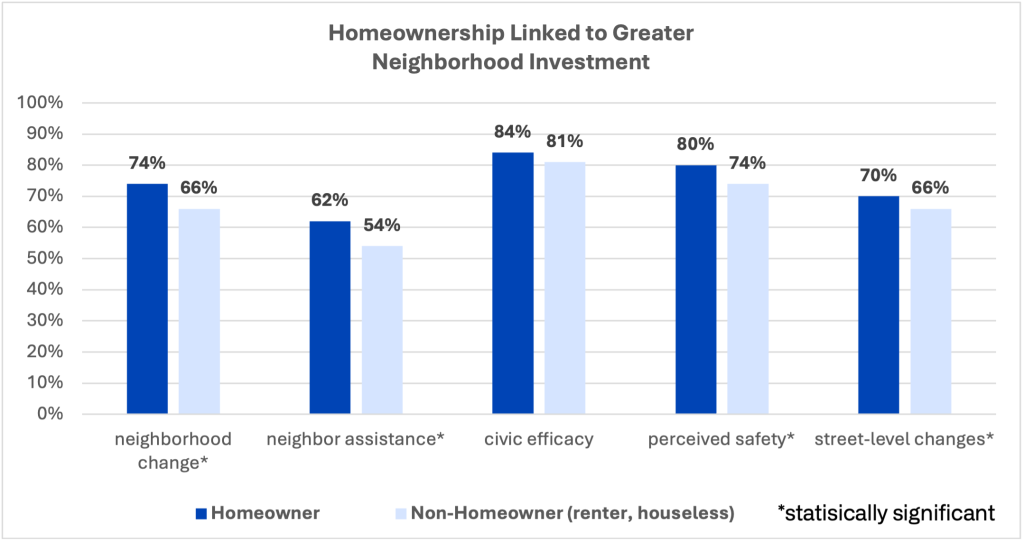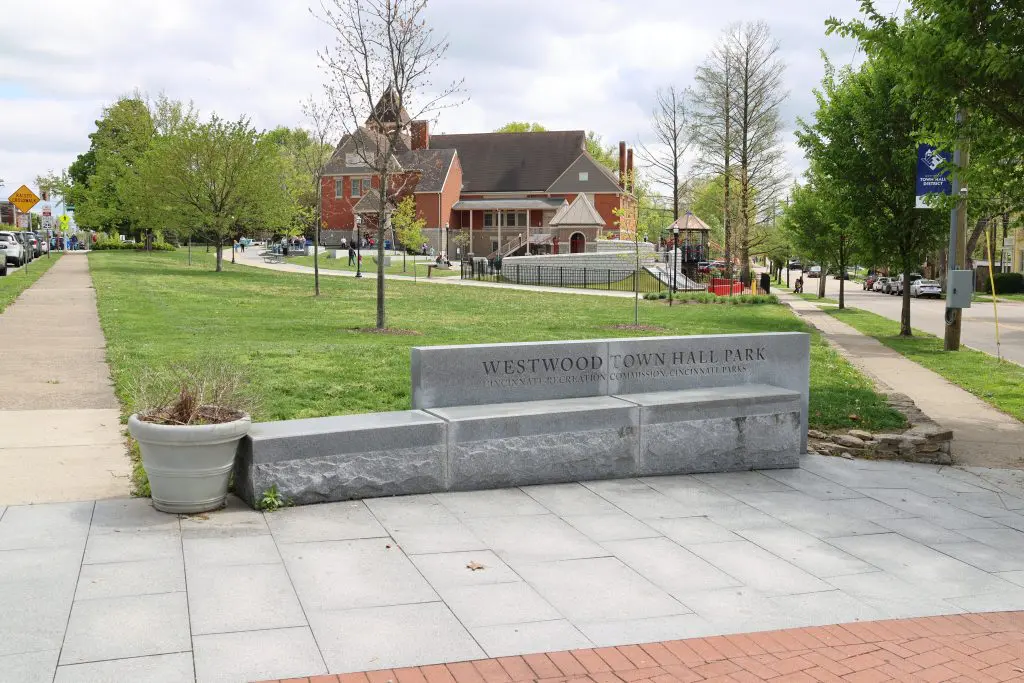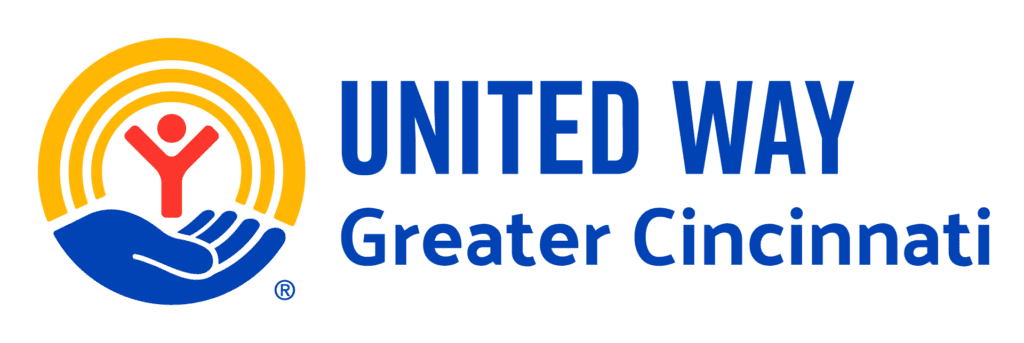CINCINNATI (Sept. 8, 2025) – A United Way of Greater Cincinnati-supported study suggests a strong link between homeownership and higher levels of community engagement and neighborhood awareness. The study, conducted last year by Blume Community Partners and LISC Greater Cincinnati, gauged factors influencing social capital — a vital resource in helping individuals and communities grow and thrive. Although homeowners indicated higher levels of social capital than renters or those without housing, the survey found civic potential — the belief individuals can influence positive change — was universal.
“Social capital may be intangible, but it’s critical for a thriving community,” said Moira Weir, President and CEO, United Way of Greater Cincinnati. “Research like this helps us understand how best to support connectedness and foster a sense of belonging through our work in the community.”
THE POWER OF SOCIAL CAPITAL
Just as financial capital accumulates through investments in banks, social capital grows when people invest in relationships and engage with organizations that cultivate collaboration and support. Social capital emerges through networks and connections — neighbors supporting one another, volunteering, joining community councils and other civic organizations.
Communities rich in social capital experience stronger bonds, greater resilience and a heightened ability to drive positive community change. Research consistently shows that communities where residents feel connected are better equipped to manage challenges and foster meaningful progress.
THE SURVEY
For more than 20 years, organizations in Greater Cincinnati have recognized the importance of social capital in their place-based investment strategies. United Way’s 2024 social capital survey expands upon earlier community-based surveys to cover United Way’s nine-county service region. This enabled United Way and its partners to measure social capital across the broader community for the first time, providing insights into residents’ perceptions of their civic agency.
About 500 survey responses were collected during the summer of 2024. Five indicators measured social capital:
- neighbor assistance
- positive perception of neighborhood change
- positive perception of street change
- ability to influence positive change (civic efficacy)
- perceived safety
CONCLUSION & NEXT STEPS

Homeownership emerged as the strongest predictor of social capital, but across all demographics, neighbors share a belief in the power to create positive change. They value community growth, neighborly care and spaces that bring people together. Bridging the gap in community connection may require efforts extending the benefits of stability and support to renters and those experiencing housing insecurity.
Building on these insights, United Way is committed to expanding place-based investments, empowering community voices and encouraging partners to integrate social capital into regional development. There’s value in measuring trust, engagement and community cohesion alongside economic indicators — communities with strong social connections are better-positioned to thrive.


